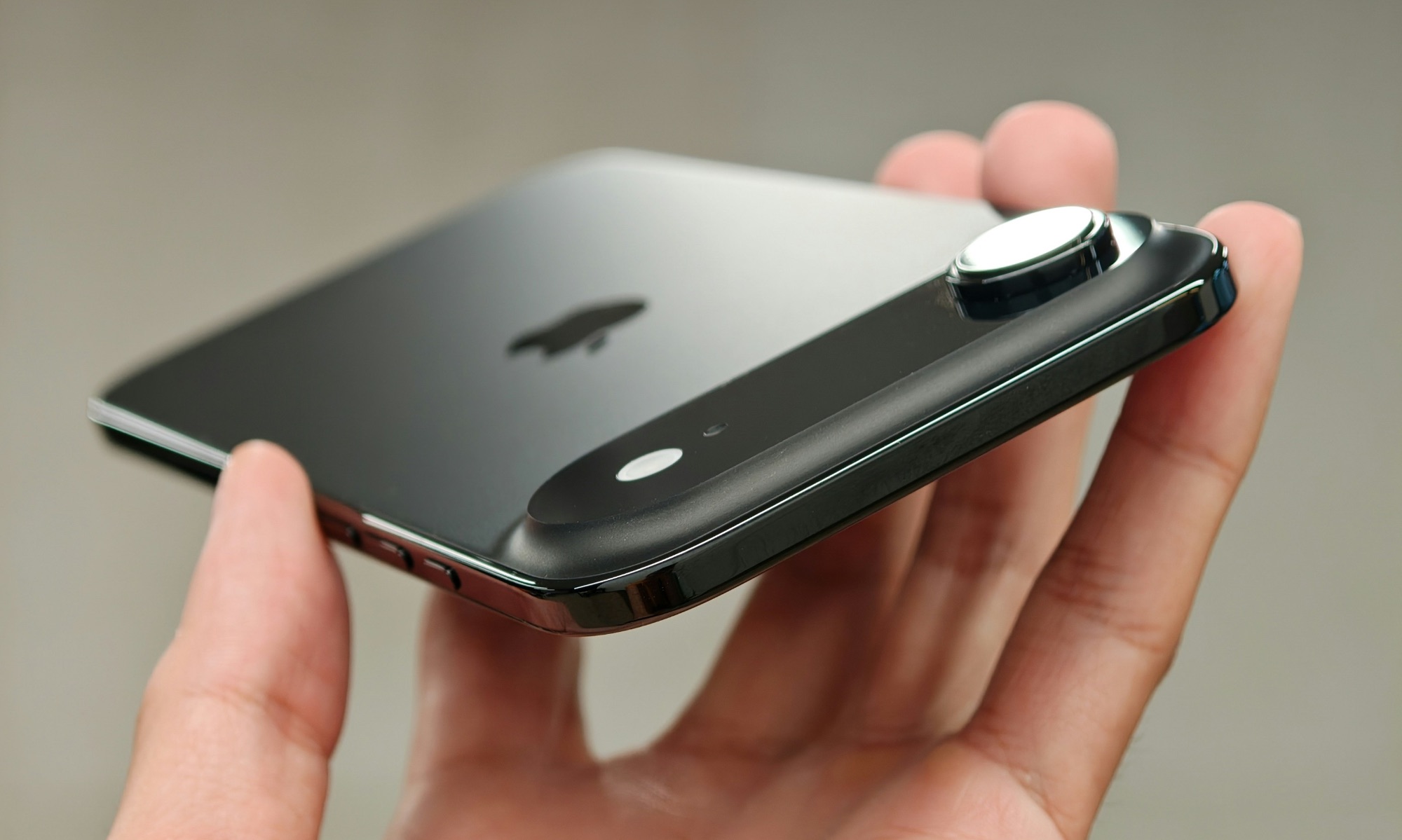Apple’s Next iPhone Air May Sport Dual Rear Cameras

Toggle Dark Mode
This fall, Apple shook up its iPhone lineup in a significant way when it unveiled the new, ultra-slim iPhone Air — a premium device that prioritizes sleekness over photographic prowess, trading optical versatility for the thinnest design in iPhone history.
It’s an interesting twist on a fourth model that feels experimental but could also pave the way for a whole new lineup. Consider that Apple didn’t even give this one a number: it wasn’t the “iPhone 17 Air” that many predicted, but simply iPhone Air.
That implies an “iPhone Air 2” will follow, but it also leaves the door open for this being a one-shot deal. After all, the iPhone Air is unlike anything Apple has done before — even in its thinness-obsessed days, like the iPhone 6 era. With the iPhone Air, Apple has seemingly done what many of its detractors have long accused it of: prioritizing form over function.
Nevertheless, a new leak claims that Apple is not only working on a sequel, but it could redeem itself in the eyes of some by adopting a dual camera system.
The report comes via a Weibo post by the leaker known as “Digital Chat Station,” who has a mixed but respectable record of predicting Apple’s moves in the past. The post, which refers to the 2026 model as the “iPhone 18 Air,” claims that Apple is considering adding a 48-megapixel ultra-wide lens to the next model.
If the report is accurate — and if Apple goes through with the plan — it sounds like the camera system on the new iPhone Air would mirror that of the standard iPhone 17 model: a main 48 MP shooter joined by a 48 MP ultra wide lens. Telephoto would still be reserved for the flagship iPhone Pro models, which isn’t all that surprising.
Digital Chat Station suggests that the overall design of the 2026 iPhone Air will remain largely the same, with the second camera added beside the primary one on the horizontal plateau, where Apple already packs in all the electronics — the rest of the iPhone Air is just battery. This suggests Apple may be working on ways to miniaturize its chips even further to make room for the second camera.
The current iPhone Air has already been a fascinating study in compromises. It features a premium titanium body and is powered by essentially the same A19 Pro chip used in the iPhone 17 Pro models, although it lacks the cooling of the flagship models that allows that chip to run at peak capacity. On the flip side, its thinness is achieved by including only a single, quieter speaker, and of course, the single camera — what many consider its most significant limitation.
To be fair, the iPhone Air’s single camera is remarkably capable. Many buyers have been pleasantly surprised to find it’s the same 48 MP main sensor used in the iPhone 17, rather than the lower-end camera of Apple’s budget iPhone 16e. That means you’re getting high-quality shots and a 2x virtual zoom, which uses the sensor-cropping technique Apple introduced on the iPhone 14 Pro three years ago.
However, there’s only so much one camera can do. For example, even if you never plan to take 0.5x ultra-wide shots, the second lens on the iPhone 17 quietly does more than most realize — enabling macro photography and feeding more data into Apple’s computational photography engine.
Without it, the iPhone Air is forced to compensate using software algorithms for things like portrait edge detection, low-light stabilization, and the subtle color blending that’s typically handled by the image signal processing hardware.
For Apple, adding a second camera isn’t just about giving iPhone buyers wider shots. The company has spent years designing its image signal processing to leverage data from multiple lenses. It’s done a great job of making the single-camera iPhone Air do more with less, but it wouldn’t be surprising to learn that Apple’s long-term goal is to restore full multi-lens capability that’s been the foundation of its image-processing magic since the iPhone 11.
[The information provided in this article has NOT been confirmed by Apple and may be speculation. Provided details may not be factual. Take all rumors, tech or otherwise, with a grain of salt.]








